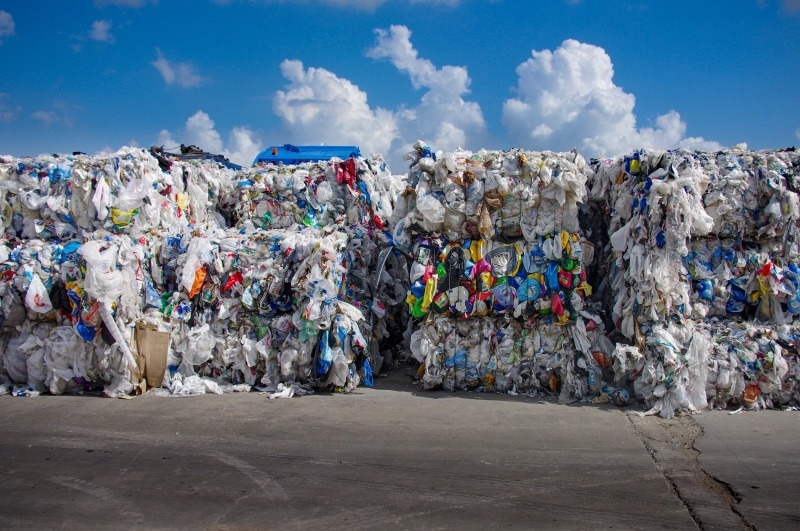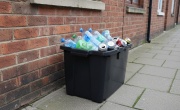€400 billion investment needed for chemical recycling viability
Bain & Company analysis suggests pyrolysis costs more than twice virgin plastic production, with 20-30 years needed to achieve cost parity.
 Chemical recycling of plastics such as polyolefins costs more than twice as much as producing virgin materials in Europe, according to new analysis from Bain & Company.
Chemical recycling of plastics such as polyolefins costs more than twice as much as producing virgin materials in Europe, according to new analysis from Bain & Company.
According to the ‘Chemical Recycling: Plastics Firms Must Move Now or Miss Out’ report, reaching cost parity with producers would require cumulative global capital expenditures of at least €400 billion.
The significant cost disadvantage has limited adoption of chemical recycling to niche applications where customers are willing to pay higher prices. However, despite high costs, the consultancy argues that economically attractive opportunities exist today.
Decades-long pathway to cost parity
Alongside the €400 billion expenditure, Bain’s analysis also suggests that the investment in chemical recycling technologies like pyrolysis and gasification would carry a cumulative cost premium of around €270 billion. This premium includes the sum of price premiums that would be paid by customers, regulatory mechanisms, and margin investment by the value chain.
In the established base case, Bain estimated that Europe’s plastic sector could achieve cost parity only once cumulative global volume reaches 650 million metric tones of polyolefins recycled by pyrolysis, depending on gate fees and broader market conditions.
Mark Porter, Head of Bain & Company’s global Chemicals practice, explained that, in this model, cost parity “would take at least 20 to 30 years and by then recycled plastic would account for approximately 20-30 per cent of total plastic demand.”
A recent report released by Zero Waste Europe suggested similarly long waiting times, finding that it may take 50 years for pyrolysis to become commercially viable.
Advancement in technology is expected to help reduce these costs, with the latest developments in waste sorting using hydraulic sorters and enzymatic decontamination highlighted by the report.
However, the exact timing is also dependent on several factors, including the price dynamics of virgin polyolefins, the pace of global adoption of chemical recycling, technology advances, and any systematic changes in the waste management landscape.
Regulatory support essential to make chemical recycling viable
However, Bain suggests that chemical recycling will not achieve cost parity with virgin material production through market forces alone, as volumes will be too limited to generate enough cost benefits.
The report suggests that current policies are likely insufficient to close the gap between supply and demand.
In Europe, the Packaging and Packaging Waste Regulation represents a step forward, but its 2030 recycling mandates rely on assumptions about how quickly industry will increase supply. Companies have expressed wariness about the uncertainty surrounding the regulation’s implementation and implications of potential penalties.
"Moving the needle will require a systems approach with regulatory support. Once scale reaches critical mass, chemical recycling can transition from a subsidy-reliant push to a demand-driven pull. That inflection point could fundamentally shift the economics, turning chemical recycling into a competitive, market-driven solution," said Porter.
The situation creates what Bain characterises as a risk gap, where market fundamentals remain unattractive, raising the bar for investment while shortening the runway for scaling. Meanwhile, margin pressures on virgin plastics leave limited financial headroom for capital expenditures.
Multiple policy approaches could more effectively close the gap between supply and demand. One approach, which Europe has taken with regulations on renewable diesel and sustainable aviation fuel, involves starting small and gradually increasing recycled material blending requirements.
According to Bain, country-level or regional blending mandates that increase chemical recycling market penetration by one per cent to two per cent annually could unlock a market share of over 15 per cent by 2040.
A gradual blend mandate could create a parallel market for recycled polymers and decouple prices from virgin plastics, which would reduce the risks of chemical recycling projects and accelerate investments, suggests the report.








